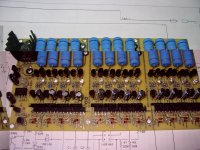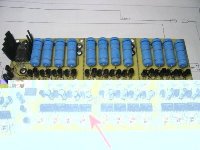reagle said:Another question- when using your BMS with Thundersky batteries, am I correct to assume that one would need to tweak the voltage limits on both charge and discharge?
Their curves seem to show 2.5v or so ideal LV cutoff, and a charge up to 4.2V , which is kinda strange for LiFePO4. I am contemplating getting a charger/cells package from Elitepowersolutions, but the difference in voltages for their cells vs the PSI/BI/Headway round ones worries me a bit
I don't think they really need to go up to 4.2v. That is quite high.
PJD has been using our BMS with Thundersky cells and it seems to work well. You might get more details from him.



